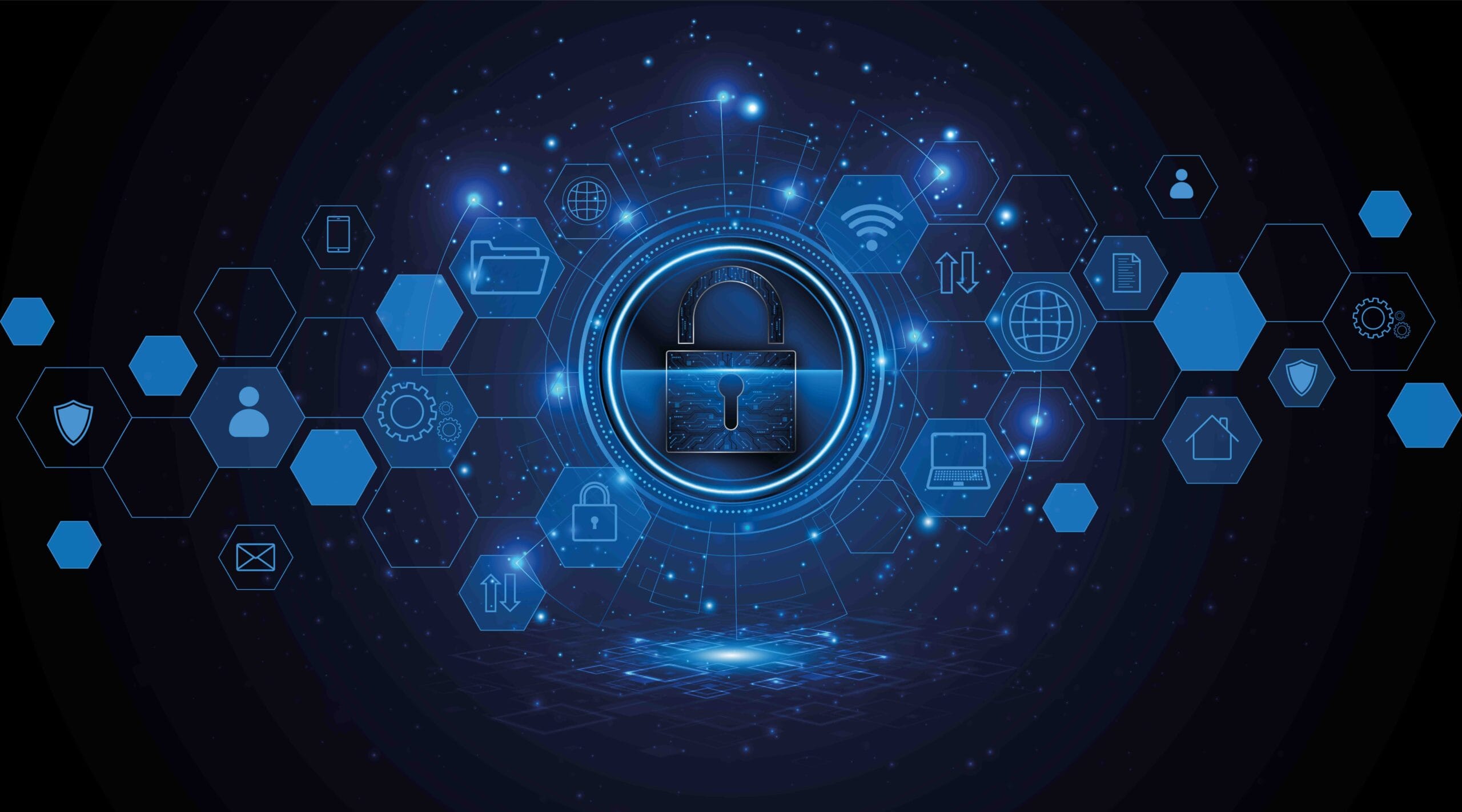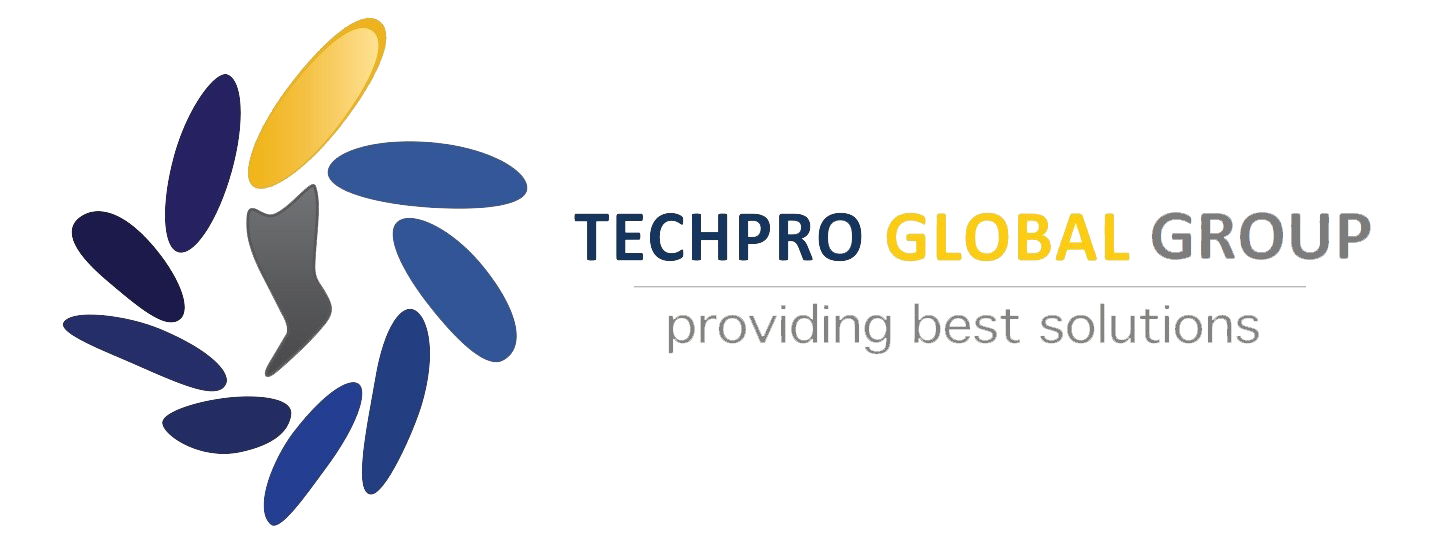
Introduction
Implementing Security Service Edge (SSE) does not simply mean replacing components in the existing security architecture. It is a fundamentally different approach that requires extensive changes in the areas of infrastructure security, cloud security, and identity and access management. Additionally, these changes must be managed under a consistent IT governance framework.
In light of this, “Is SSE essential?” is a reasonable question for IT decision-makers to ask before deciding whether to jump on the “Zero Trust” bandwagon and implement SSE. After all, a lot has been invested in the current solutions, and so far, these systems have served their purpose. Probably.
In the past decade, many organisations have embraced mobile working and made the move from the data center to the cloud. These organisations, in particular, should pause for reflection and consider whether their IT security architecture has been adapted in line with the shift, or whether further action is still needed.
Reasons to pause before moving forward
There are certainly arguments against an immediate introduction of SSE:
- Existing investments: many organisations have already invested in traditional security solutions such as VPNs, firewalls, and proxy systems. These tools are usually well-implemented and operationally stable, and the users are accustomed to their way of working.
- Challenges in choosing a provider: choosing the right SSE provider is far from straightforward in a market that is flooded with vendors offering different strengths. There’s a real risk of committing too early to a platform that is neither scalable nor adaptable to evolving organisational needs.
- Transformation complexity: transitioning to a cloud-based security architecture often requires considerable changes, both technological and organisational. On top of that, many organisations face uncertainty about where to actually begin.
What makes SSE a smart move
The development of IT has accelerated significantly in the past decade. The outsourcing of systems, applications, functions, and data to the cloud is now the norm rather than the exception. At the same time, the rise of mobile work and the increasing sophistication of cyber threats have added new layers of complexity to enterprise security. In response to these shifts, SSE offers a modern approach with solutions that actually meet today’s challenges.
Here are some of the key advantages it brings:
- Mobile working: today, employees access their applications and data from virtually anywhere (in compliance with the numerous legal regulations, of course). These connections no longer need to be routed through the organisational network – users can connect directly using a variety of devices. A unified security architecture ensures that access remains secure regardless of location or device, without the need to manage a patchwork of components with different capabilities and configurations.
- Devices without primary user interaction: devices such as printers, servers, cameras, or building management systems do not operate interactively, which means managing them using conventional means offers limited granularity. SSE introduces more advanced mechanisms for managing such devices, enabling granular access control based on factors like device IDs, digital certificates, and contextual information.
- Cybersecurity: just as IT has evolved rapidly, so has the world of cyberattacks. Today, thanks to the darknet and AI, entire attack chains for data exfiltration or encryption can be assembled with just a few clicks or commands. In this environment, reducing the attack surface is critical, and SSE supports this by consistently inspecting and validating every access request. This significantly reduces the risk of successful attacks or at least limits their impact.
- Compliance: regulatory frameworks such as NIS2 (Network and Information Security Directive), DORA (Digital Operational Resilience Act), and CRA (Cyber Resilience Act) are setting new standards for IT security across the EU, especially for operators of critical infrastructure. Similar regulatory approaches are emerging globally to strengthen cybersecurity and ensure operational resilience. SSE consolidates network and security functions into a unified architecture, making it an approach that supports easier implementation and monitoring of compliance to regulatory requirements.
Before the leap: core considerations for SSE
The introduction of SSE is not a plug-and-play project. Its success depends on getting a few foundational elements right from the start:
- Identity and access management: Zero Trust is a core principle of SSE. Without a robust IAM system (e.g., with RBAC or attribute-based access control), implementation will be nearly impossible.
- Cross-silo implementation: beyond IAM integration, SSE touches multiple IT domains, including IT governance, risk, and compliance (IT-GRC), workplace infrastructure, and cloud services. Having said that, organisations that already collaborate effectively across silos will be likely to find the transition to SSE easier.
- Training and change management: introducing new technologies also requires a mindset shift among employees and IT teams. Awareness, training, and structured change management will be essential to ensure easier adoption of the new approach.
Summary
So, can SSE be dispensed with? In the short term, perhaps, but hardly in the long run. Very few organisations are so isolated that the existing, traditional, security models still remain sufficient. The growing shift of applications to the cloud, the demand for location-independent access, and the rising requirements for IT security and compliance make SASE/SSE a strategic cornerstone of modern security architectures. Not only for private, but also for public sector organisations. And if you’re ready to explore what SSE can do for your organisation, Techpro Global Group is here to guide you every step of the way.
Techpro Global Group offers a comprehensive range of SSE services, from assessing current maturity levels to providing architectural and technological consulting, implementation, and ongoing operation. Additionally, Techpro Global Group can support the expansion of network components with SD-WAN, enabling a full SASE approach.
SSE isn’t just a passing phase, it’s a foundational element of secure, modern IT. Now is the right time to take a closer look at your security posture and engage with the topic – thoughtfully, yet with clear direction.
